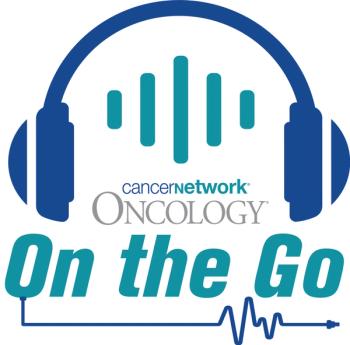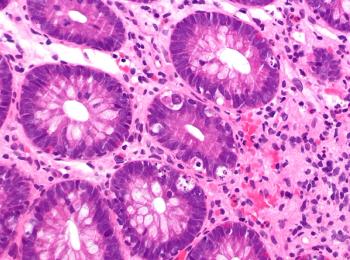
ABCB1 mRNA Could Predict TKI Response in CML
Early evaluation of ABCB1 mRNA expression may help identify CML patients who are likely to be resistant to first- and second-generation tyrosine kinase inhibitors.
Early evaluation of ABCB1 mRNA expression may help identify chronic myeloid leukemia (CML) patients who are likely to be resistant to first- and second-generation tyrosine kinase inhibitors (TKIs), and thus may be candidates for alternative therapies, according to a new study.
“The interaction of imatinib, nilotinib, and dasatinib with the efflux transporters ABCB1 and ABCG2 has been recently reviewed with consensus suggesting that ABCB1 is involved in the export of all three TKIs at clinically relevant concentrations,” wrote study authors led by Laura Eadie, PhD, of the South Australian Health & Medical Research Institute in Adelaide, Australia. Her group hypothesized that high ABCB1 mRNA levels may indicate a higher likelihood of developing resistance to the drugs.
The new study involved taking blood samples from 155 CML patients at the start of imatinib therapy and then at various time points afterward, to test for ABCB1 expression levels. The results were
All patients saw a change in ABCB1 mRNA levels from baseline, suggesting imatinib exposure alters ABCB1 expression. Patients were deemed to have a “high-fold rise” if the change from baseline was at least 2.2-fold. The 79 high-fold rise patients at day 22 (chosen to allow imatinib to reach steady-state levels) had a 70% chance of achieving event-free survival at 25 months, compared with 91% in low-fold rise patients (P = .001).
Further, the high-fold rise patients were less likely to achieve an early molecular response (< 10% BCR-ABL1 at 3 months), at 80% vs 91% (P = .001); a major molecular response at 12 months (48% vs 78%; P < .0001); and a major molecular response by 24 months (62% vs 89%; P < .0001).
Of 17 low-fold rise patients who switched to nilotinib, 6 switched due to suboptimal response and 11 due to imatinib intolerance. In the 35 high-fold rise patients, however, 26 switched agents due to a failure to achieve molecular targets and 9 switched due to intolerance. Most of the low-fold rise patients who switched (82%) achieved a major molecular response following the switch to nilotinib, compared with only 49% of the high-fold rise patients. The authors also noted that the high-fold rise patients had poorer long-term outcomes, with 67% remaining on study after 24 months compared with 84% of low-fold rise patients.
“These data represent the first report of the potential predictive value of monitoring the dynamics of ABCB1 mRNA expression to predict therapy outcome and highlight ABCB1 as an early prognostic indicator as a means of identifying potential poor responders to TKI therapy,” the authors concluded.
Newsletter
Stay up to date on recent advances in the multidisciplinary approach to cancer.
















































































